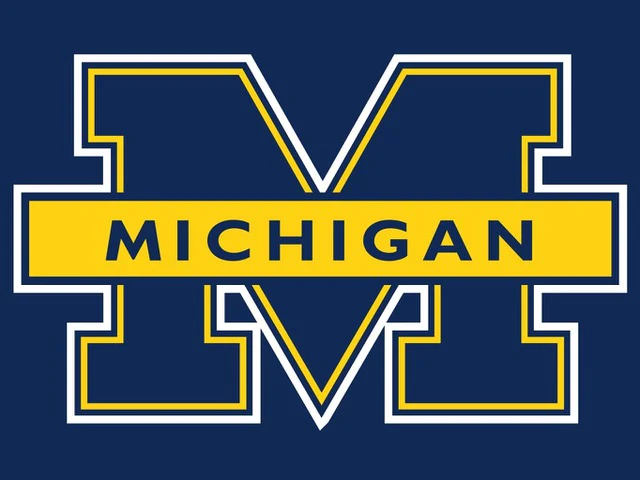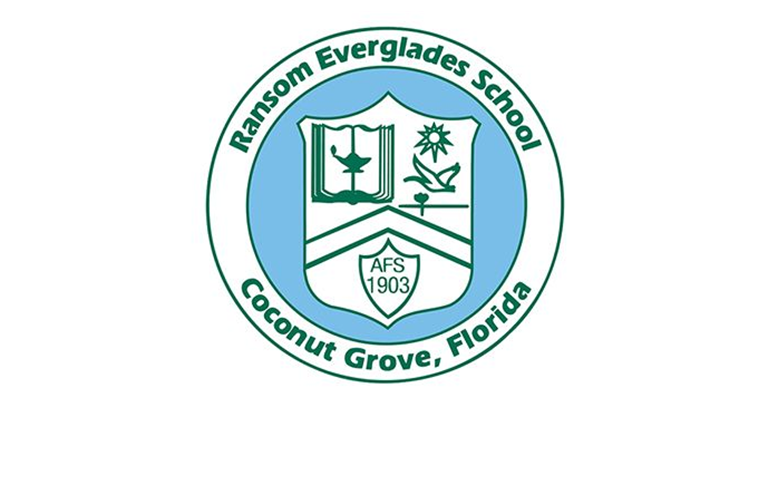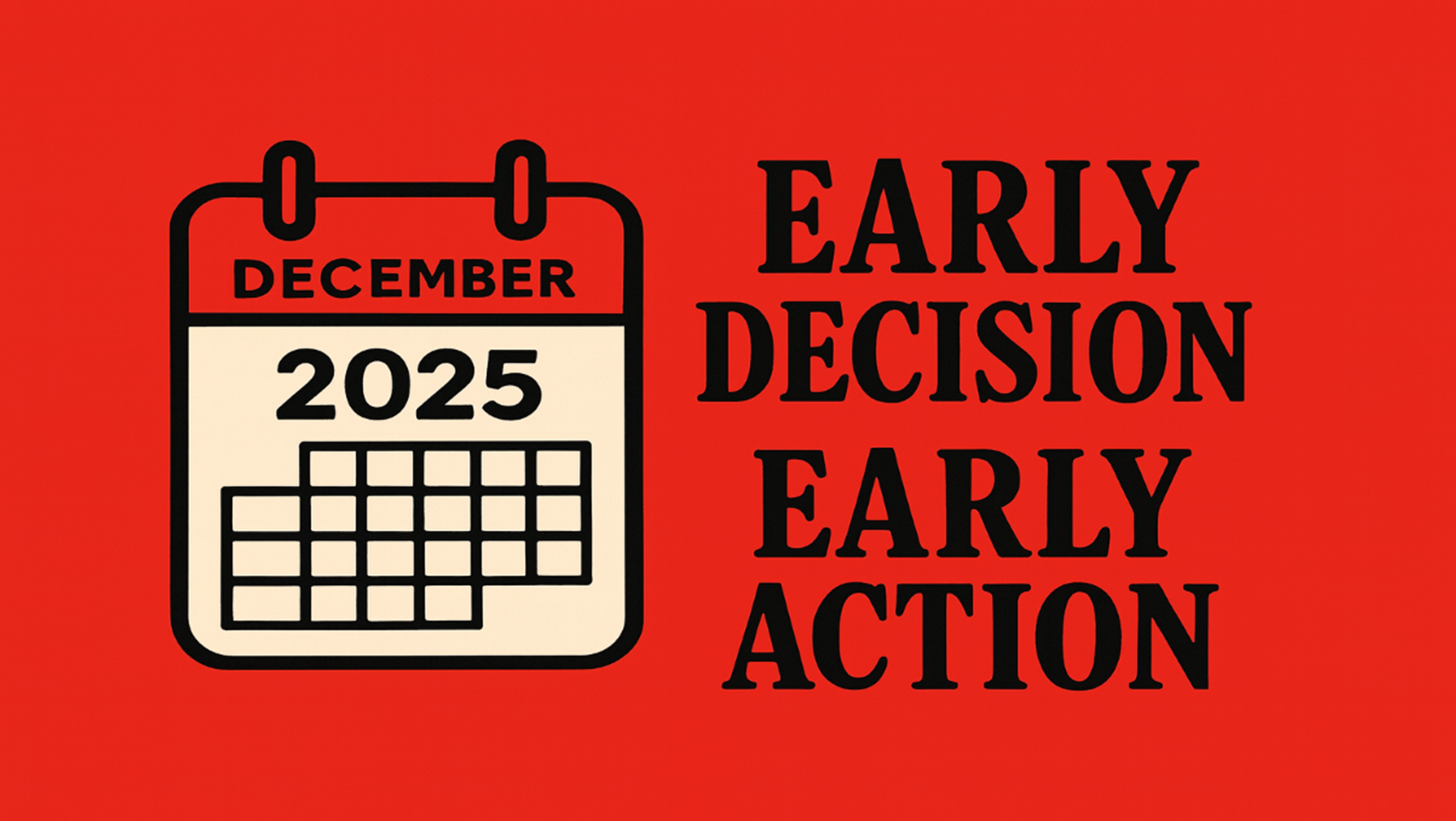
University of Michigan Adds Early Decision
By
Vicky Hioureas
July 10, 2025
•
2
min read
Share this Article
Simply highlight text to share on social or email
The University of Michigan just made a major shift in its admissions process: it will now offer an Early Decision (ED) application option starting this fall (for Fall 2026 admission).
This marks a significant change for UMich, nicknamed the "Public Ivy” or the “Ivy of the Midwest.” With this addition, UMich joins a growing list of highly selective institutions using binding ED rounds to better manage yield and enrollment.
What is the difference between ED, ED II, SSEN (“ED 0”), EA, REA/SCEA?
Here’s a crash course on college admissions acronyms:
- Early Decision (ED) is binding if you’re admitted (barring financial aid issues). Most deadlines are early November, with decisions returning in December. This is ideal for students who have a clear first-choice university and want to raise their chances of admission. The only drawback to ED is that you can only apply to one school on ED, which means you can’t compare offers. But this isn’t an issue for students who are die-hards for the university they’re applying to for ED.
- Early Decision II (ED II) is binding, just like regular ED, but the deadline is later (usually early January, with decisions released in February). This is an ideal option for students who didn’t get accepted to their ED school and are looking to secure their second choice in a statistically more favorable application round. The same drawback applies here, as it does for ED.
- Summer Session Early Notification or “Early Decision 0 (ED 0)” is binding and is offered by the University of Chicago. The distinguishing quality of SSEN is that students must have attended a University of Chicago residential or online Pre-College Summer Session program (during any of their high school summers) and must submit their application through the binding UChicago Summer Student Early Notification option under their ED I plan. Students apply between September 1 and October 15 and will receive an admissions decision by November 1. This admissions option comes before ED I and II (hence the “ED 0” nickname). This is just one extra step to securing interest in an admissions decision, but it is specific to this particular university.
- Early Action (EA) is nonbinding, meaning you can apply to other schools and you don’t have to commit to any if you are admitted. Typically the deadline is in early November, with decisions released in December. This is an ideal option for students who want to apply with statistical favorability, but do not want to commit to a particular university and would prefer to weigh their options once all decisions come in.
- Restrictive Early Action (REA) or Single-Choice Early Action (SCEA) is nonbinding, but there are limits to this application type. You cannot apply ED or EA to other schools, excluding EA at UMich or other public schools, and of course applying regular decision to all other schools is allowed in conjunction with REA applications. Schools that offer REA are Princeton, Harvard, Yale, Stanford, and Notre Dame. This is an ideal for students who want to benefit from better statistical odds, but do not want a binding contract.
Why is UMich Adding ED?
In today’s hyper-competitive admissions environment, universities like to boast about their numbers: enrollments, average GPA, average SATs, and yield. But what exactly does yield mean? Yield refers to the percentage of admitted students who actually enroll, which in other words indicates desirability of a university. For example, if 100 students apply to Princeton and the 10 who are accepted all accept their offer, this indicates that everyone wants to go to Princeton. But if 100 students apply to Harvard and of the 10 who are accepted, only 1 commits to attending, it shows that Harvard was not a first choice. In this way, yield has become a key metric in university admissions and comparative rankings.
Colleges want to avoid over- or under-enrolling each incoming class, especially as application numbers continue to soar. Binding ED helps schools admit students who are far more likely to attend, giving them a more predictable and controlled enrollment outcome.
This is the same logic that’s pushed other top-tier schools to modify their admissions calendars. Universities are increasingly opening up admissions to earlier deadlines with restrictive caveats, like the University of Chicago, Vanderbilt, Duke, and others. Now UMich is following suit, signaling that even elite public universities are adopting tactics that have long been favored by private institutions.
How Does ED at UMich Work?
UMich’s ED plan will be binding, meaning students who apply and are admitted must enroll. The deadline is expected to fall in early to mid-November, with decisions released in mid-December. Like other private schools offering ED, an ED acceptance to UMich will require a firm commitment, so it’s critical to be sure that UMich is your first choice.
This shift doesn’t eliminate the EA option entirely, but it does add a new layer of strategic consideration. If UMich is truly your dream school, applying ED could increase your chances of admission, likely above an EA application option.
Strategic Implications: What Should You Do?
If you’re applying to highly selective colleges, this change matters. Here’s why:
- Demonstrated interest now carries more weight. Submitting a binding ED application is the clearest way to show commitment.
- ED gives you a slight boost in odds. Though ED applicants tend to be stronger overall, the acceptance rate is typically higher than in the regular pool. Universities are banking on the fact that if you’ve gone to the trouble of applying ED, you’re likely very interested in attending.
- It’s all about the money. Applicants looking for aid should note that while UMich offers need-based financial options for in-state students, out-of-state applicants should understand that ED can limit financial aid options. If UMich is your only choice, then you’re at the whim of the financial offer you’re given and you don’t have the luxury of comparing offers from other universities.
Will Other Universities Be Adding ED Option?
We anticipate that other public flagships may follow UMich’s lead. As colleges continue to adjust their timelines to compete for top students and raise their yield rates, it’s likely that ED and ED II options will become even more common, even among public schools.
At AtomicMind, we work with students to craft a thoughtful and customized application strategy. With UMich’s new ED policy, it’s more important than ever to consider where you apply early, how you signal interest, and what your long-term goals are.
Whether you’re aiming for UMich or any other highly selective school, an intentional, strategic approach to Early Decision could make all the difference. Reach out to our team today to learn more about how we can guide your student through this process!

About the Author: Vicky holds a PhD in History from Princeton University andearned her BA in English at UCLA. She brings over two decades of experience ineducation, and as Head Advisor at AtomicMind, she guides students with insight,care, and academic rigor. Vicky is passionate about empowering young minds todiscover their passions and achieve their full potential.

Share this Article



